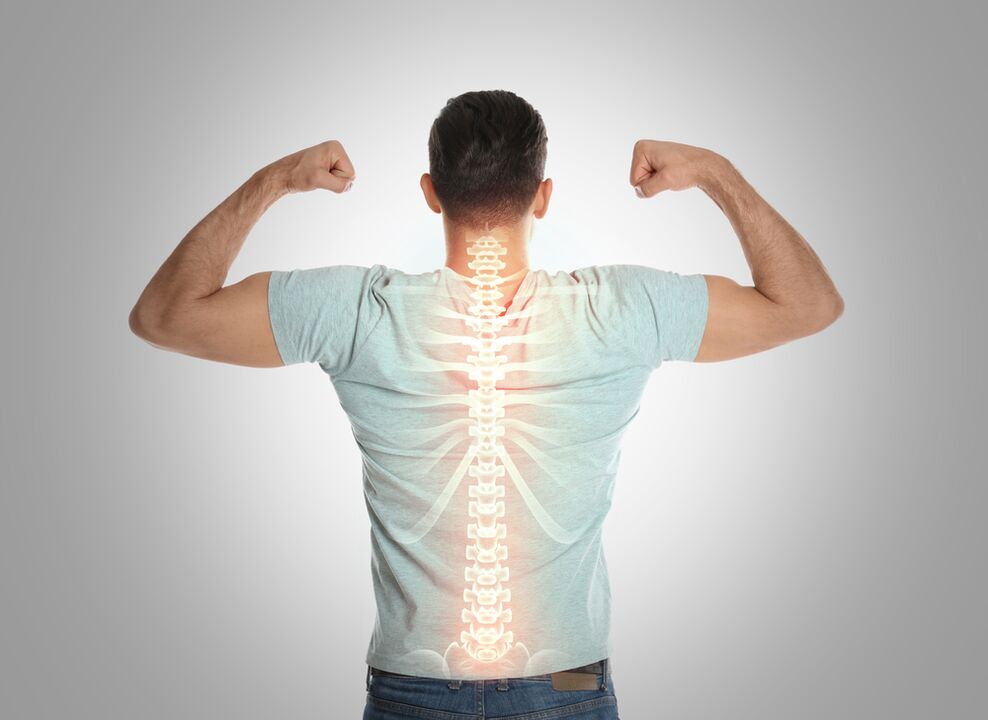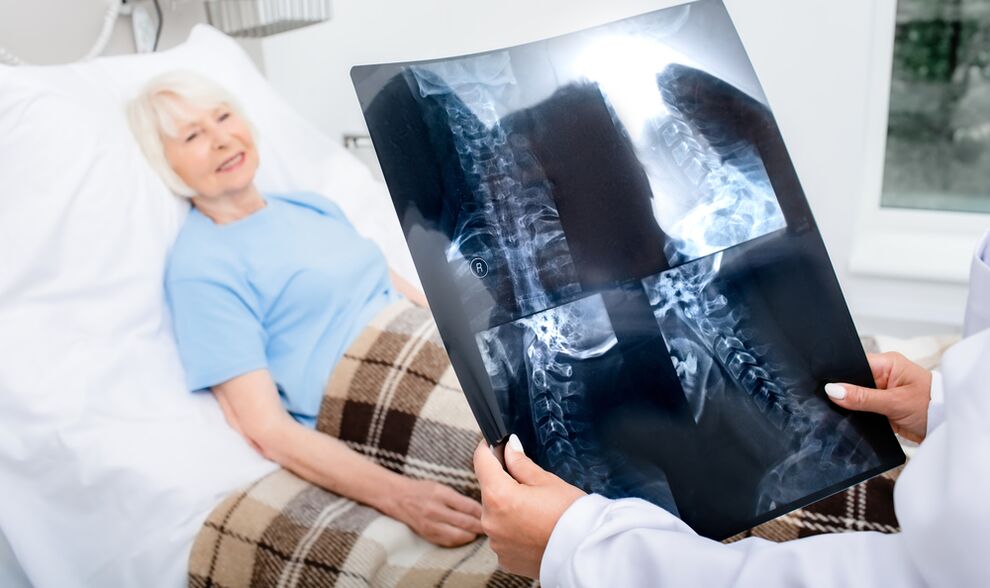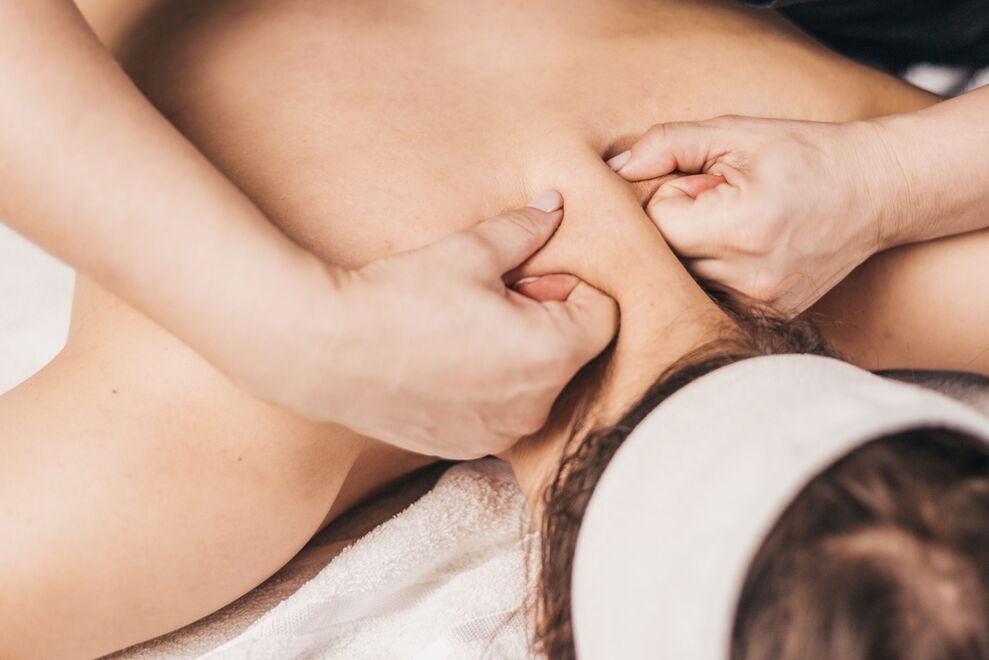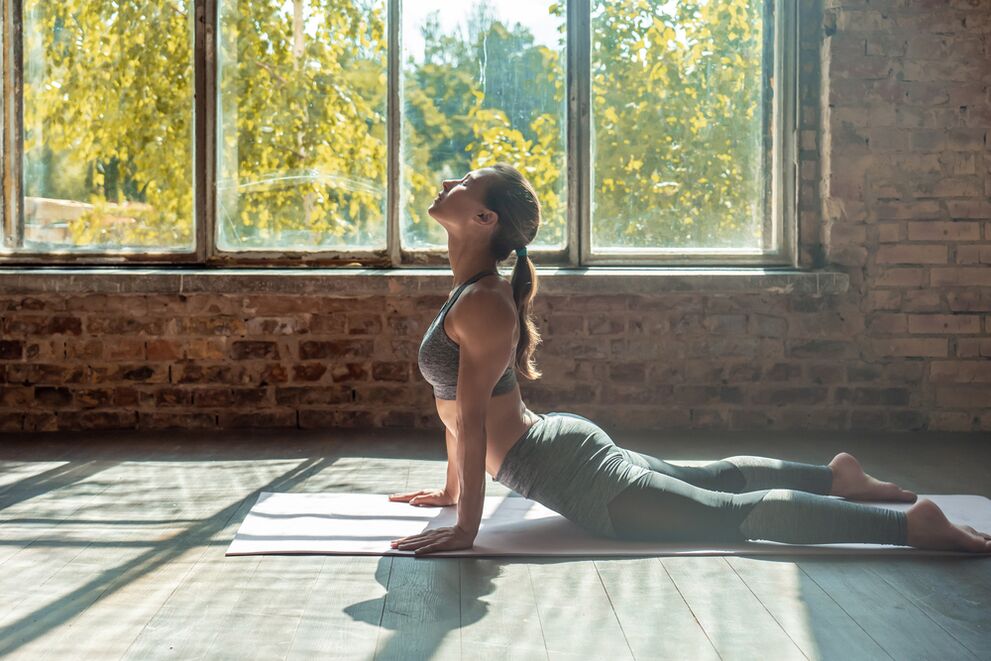80% of people experience osteochondrosis in varying degrees of manifestation. It affects not only the elderly and the elderly, but also young people. Considering the prevalence of the disease, every person should know about the methods of its treatment and prevention.

What is this disease?
Osteochondrosis is degeneration of the intervertebral discs, degenerative processes in the joints, ligaments and muscles that surround them. The discs act as shock absorbers in the spine between the individual vertebrae (there are 32-34). They are also responsible for their mobility.
The negative factors that we will consider below lead to cracking and destruction of the intervertebral discs. They lose elasticity and the spine loses flexibility. The discs are surrounded by tissues with nerve fibers, so dystrophic and degenerative processes are accompanied by pain.
Causes of osteochondrosis
Muscle spasm and dystrophy
The discs are surrounded by muscles responsible for the stability of the spine. Over time, some spasm from constant tension, others atrophy from lack of stress.
This happens because a person day after day:
- makes monotonous movements;
- performs physically demanding work;
- spends a lot of time stationary.
As a result, the spasmed muscles compress the intervertebral disc and the atrophied muscles stop supporting it.
Blood supply problems
Nutrition of the discs also depends on the work of the muscles around the spine. With normal muscle tone, the necessary volume of nutrient synovial fluid enters the intervertebral joint.
Lack of fluid in the body
The condition of cartilage tissue is affected by the amount of fluid a person absorbs per day. With its deficiency, cartilage quickly dries out and ideally should consist of 80% water.
Metabolic disease
Problems with the endocrine system affect the condition of cartilage tissue. Osteochondrosis is often caused by a deficiency or excess of vitamins and calcium.
Stress conditions
Nerve tension causes muscle spasms, including those supporting the spinal discs. Usually, after tension, the muscles relax. If stress haunts a person constantly, this does not happen. The muscle tissue tightly presses the cartilage between the vertebrae, gradually destroying them.

Risk factors
- Genetic origin.
- Nervous tension.
- Constant physical activity.
- Sedentary work, sedentary lifestyle.
- Craving for junk food, overweight.
- Bad habits that lead to metabolic disorders in cartilage tissue.
- Diseases of the musculoskeletal system.
Stages of development
Stage I
The nucleus of the intervertebral disc is dehydrated. It becomes shorter and its fabric cracks. Pain sensations are almost imperceptible. Discomfort may occur if the patient assumes an unusual position or exercises.
Stage II
Disc tissues flatten and bulge. Due to this, the distance between the vertebrae decreases and the roots of the spinal nerves are compressed. The fibrous membrane is destroyed, so fluid is poorly retained in the core of the disc. When moving, characteristic clicks and crunches appear in the spine. Due to pinched nerves, point pain appears, which increases with active movements.
Stage III
The cartilage lining between the discs gradually wears and thins. At this stage, the symptoms manifest themselves intensively - in the form of acute pain. Only pain relievers for neuralgia can quickly stop them.
IV stage
The damage is so severe that the joints become immobile. A complete loss of mobility of the spinal joints is possible. Due to pronounced degenerative processes, the space between the vertebrae is overgrown with bone tissue. These growths damage the adjacent tissues and press on the nerves, causing sharp pain.

Classification and symptoms
Cervical
There are 7 vertebrae in this department, they are located close to each other, and the neck muscles are relatively weak. Osteochondrosis of the cervical vertebrae is a fairly common disease. When this area is affected, the patient experiences pain both in the entire neck and in certain parts of it, for example in the collarbone or behind the ears.
The most characteristic symptoms:
- headache, heaviness in the back of the head, dizziness;
- numbness of hands;
- the neck is most often tense;
- when you turn your head, the vertebrae click and crunch;
- periodically there is a sore throat, a feeling of a lump in the throat;
- due to the tension of the muscles in the cervical region, it is difficult to move the arm to the side or raise it.
The manifestations of the insidious disease do not always correspond to its localization. The problem may be in the cervical vertebrae and chest or shoulder pain may occur. Some patients complain of discomfort in the area of the heart.

Lumbar
In the lumbar region there are lumbar, sacral and coccygeal vertebrae. This area is most susceptible to amortization and motor loads, which is why lumbar osteochondrosis is so common. Painful sensations arise in the lumbar region. Most often, these are pains that intensify during active turns, exercise or prolonged sitting.
Signs:
- movement of the spine is limited;
- the patient may feel discomfort in the thigh with spasms;
- dryness, flaking of the skin on the legs and hair growth are noticed;
- periodic sharp shooting pains may appear;
- During sleep, a person cannot take a comfortable position, as he feels uncomfortable in any of them.
Additional symptoms: fatigue, constant fatigue, malaise. Some patients report problems urinating and discomfort in the kidney area. In men, potency may be affected, in women, the uterus and ovaries may be affected.

Chest
It affects 12 vertebrae located in the thoracic region. Most often it is a complication of scoliosis.
Main symptoms:
- throbbing pain that gets worse if you move actively;
- tingling sensation in the heart region;
- feeling of fullness in the armpits;
- limitation of shoulder movements;
- shortness of breath, difficulty breathing.
A sharp pain appears between the ribs, in the sternum, in the area of one of the shoulder blades. There may be numbness in the fingers, hand and forearm.
Diagnosis
At home, it is almost impossible to determine the location of the problem. Special medical equipment will help you correctly collect anamnesis, and only a doctor can determine the symptoms and treatment.
For diagnostics use:
- Magnetic resonance imaging is the most accurate method for obtaining objective information about the state of tissues.
- X-ray of the spine.
- CT.

How to treat the disease?
Unfortunately, it is impossible to quickly get rid of the symptoms at home. Treatment involves an integrated approach.
General recommendations:
- observe bed rest during exacerbation of pain;
- avoid physical activity;
- wear a supportive corset, bandage, belt.
medicines
During periods of exacerbation, the following is prescribed:
- nonsteroidal anti-inflammatory drugs;
- chondroprotectors;
- muscle relaxants;
- B vitamins.
Applications with anti-inflammatory ointments also help to relieve the inflammatory process. They have a local anesthetic effect.
Prescribing drugs should be done exclusively by a doctor. Doing this yourself is strictly prohibited.
Physiotherapy
To strengthen the muscle corset, the doctor prescribes exercises to be performed daily at home. They depend on which part of the spine is affected. Physical activity improves blood circulation and allows the muscles to properly support the spine.
Massage therapy
One of the most effective methods of treating this disease. Quickly, in 7-10 sessions, you can restore the tone of muscles that have begun to atrophy, as well as relax tense muscles.

Prevention
Treatment of osteochondrosis is difficult and takes a long time. It is easier to monitor the condition of the spine and avoid serious damage. To do this, you need to lead a healthy, active lifestyle and a moderate load on the spine.
Other preventive measures:
- Watch your posture, don't slouch.
- Do exercises at home to keep all muscle groups in tone.
- Do exercises to relax the back, shoulder and neck muscles.
- Attend yoga classes and therapeutic massage sessions.
- Do not lift heavy objects, distribute the load evenly on your hands.
We wish you to get rid of osteochondrosis forever and keep your back and neck healthy.



















